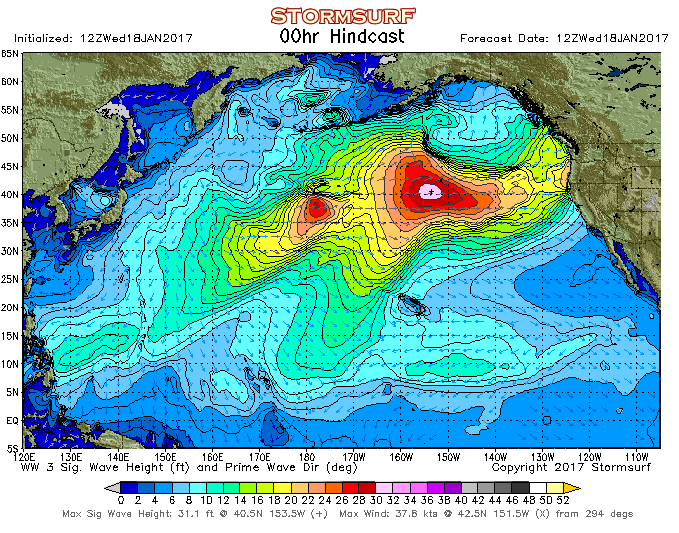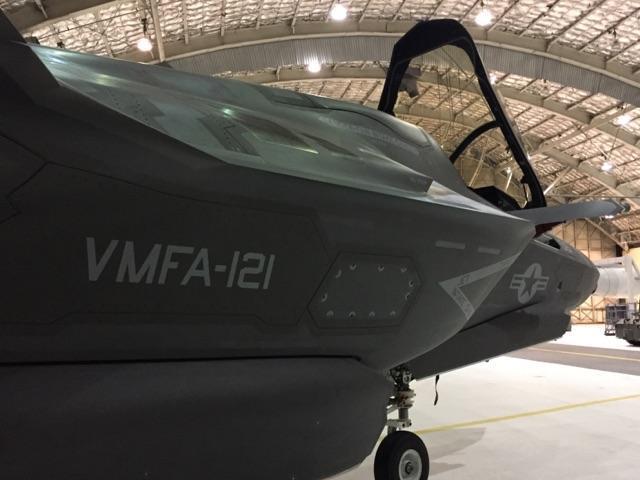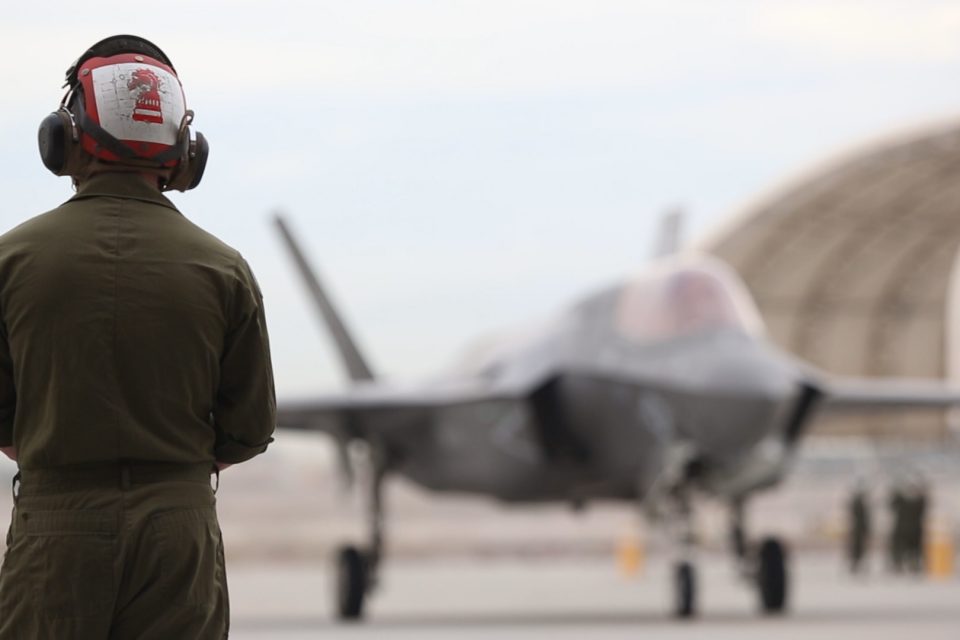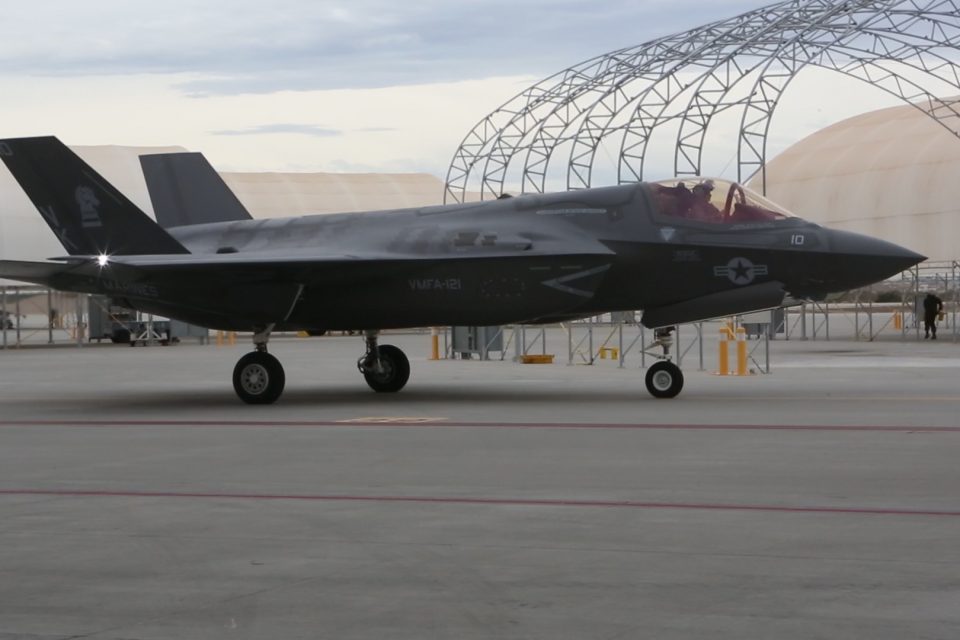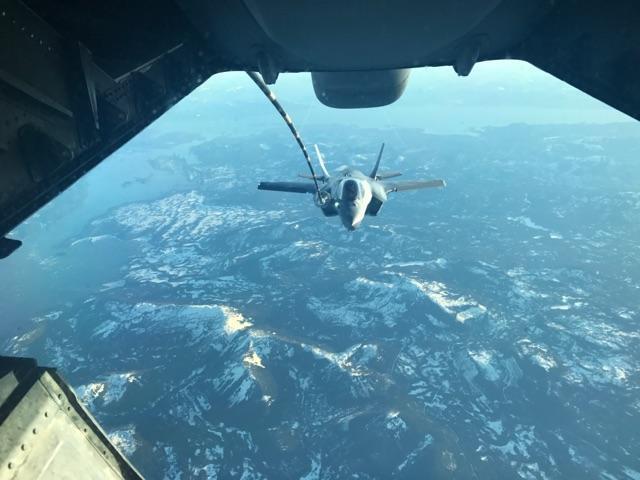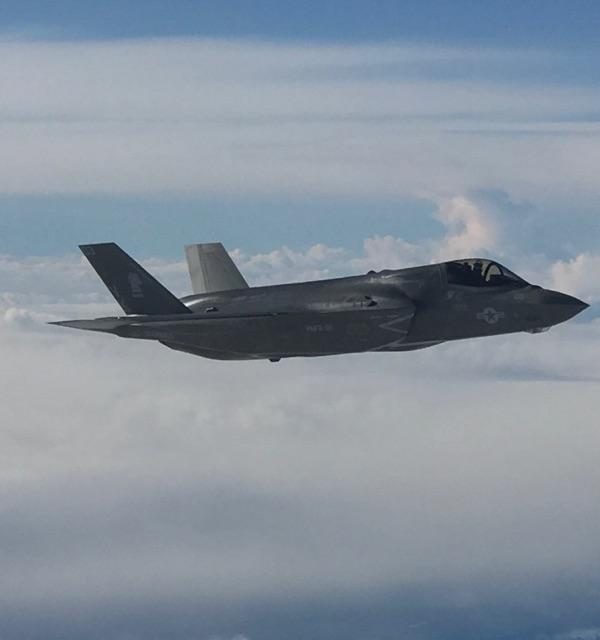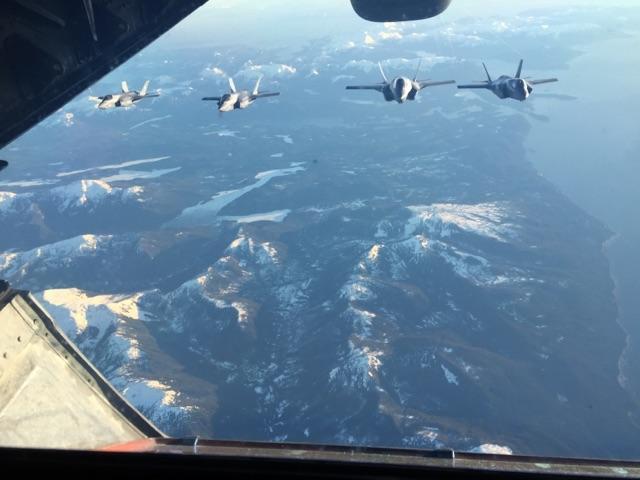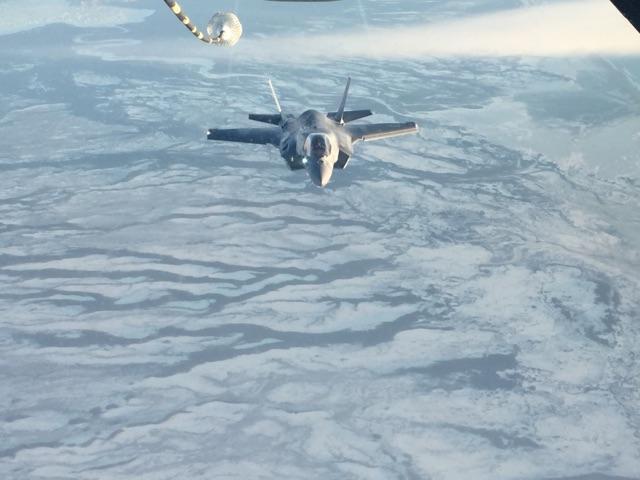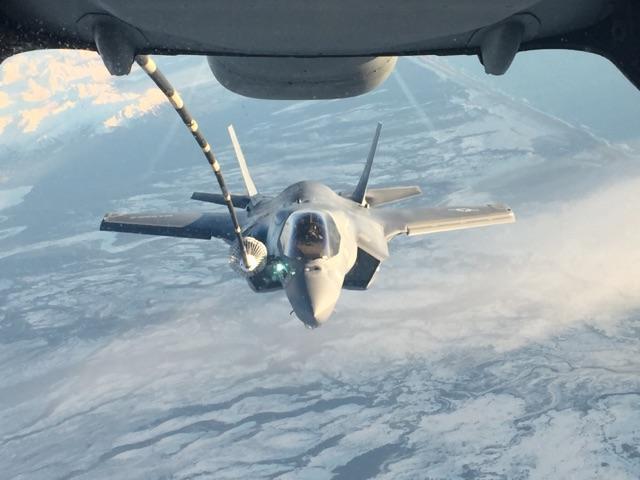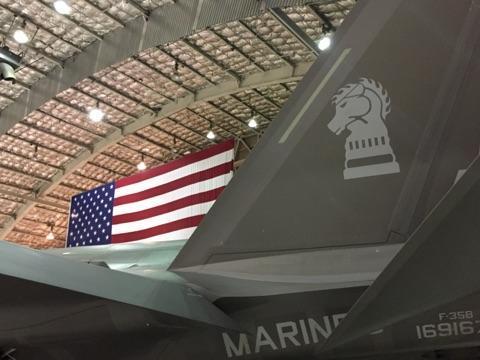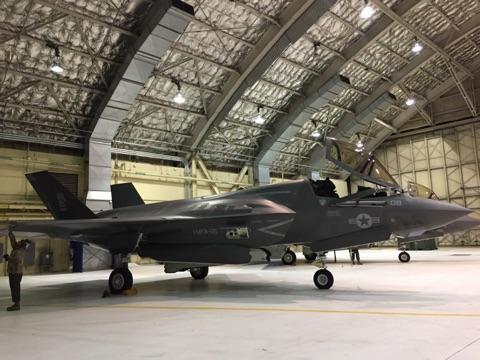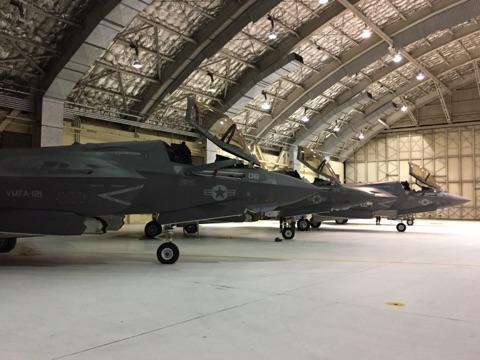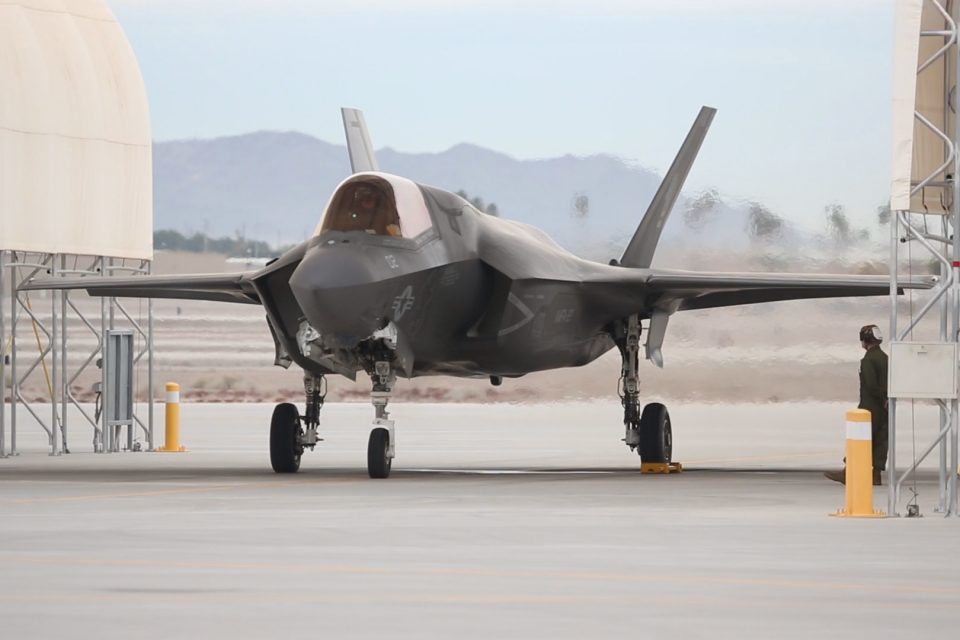2017-01-24 By Richard Weitz
The Chinese People’s Liberation Army Air Force (PLAAF) has begun acquiring the Sukhoi Su-35 (NATO designation Flanker-E), the best fighter plane now serving in the Russian Air Force.
With the deployment of this capability, allies need to strengthen their own capabilities, notably to provide for their own defense, and for deterrence in depth.
The F-35 global enterprise provides a ready means for helping realize the Trump administration’s goal of enabling local allies to counter regional threats with less direct U.S. military assistance.
The threat envelope is expanding as China is acquiring its first new foreign-made warplane since buying two dozen Su-30MK2 multirole maritime fighters from Russia in 2004.
China has become the first foreign plane to acquire Russia’s premier export plane, but others are not far behind.
This delivery had been a long-time coming.
Chinese representatives first showed interest in the plane a decade ago.
The contentious negotiations lasted years and persisted even after Russia and China reached a preliminary deal in 2012 and negotiated a $2-billion sales contract in November 2015.
The issues in dispute appeared to include the price China would pay for the planes and the minimum number the PLA would have to buy.
The estimated price of each plane that is produced at Sukhoi’s Gagarin Komsomolsk-on-Amur Aircraft Production Association in Russia’s Far East is around $83-85 million.
Moscow had to compromise and permit China to purchase fewer than the 48 fighters Russian negotiators originally had demanded as a minimum to risk China’s reverse-engineering the Su-35’s technologies.
Russia wanted sufficient financial compensation to make a deal worthwhile even if China eventually harvested the plane’s technology for its own production.
China has drawn extensively on previous warplanes purchased from Russia in building its own weapons systems: the Shenyang J-5 derived from the MiG 17; the J-6 and Q-5 from the MiG 19; the J-8 from the MiG 21, and the J-11 from the Su-27. China has also borrowed heavily from Russian-made bombers, transports, and helicopters.
In the past, China’s purchase of only a few aircraft at a time allowed the PRC to reverse-engineer the software and engine designs, and then produce an indigenous copy without paying Russia for the new planes.
Russian officials had been wary of agreeing to a new deal unless the purchase was sufficiently large to ensure Russia made money regardless of any Chinese attempts to reverse-engineer the aircraft.
Under the pressure of international isolation, sanctions, depressed global energy exports, and anxiety that China might steal the plane’s advanced technologies anyway or otherwise develop its own indigenous advanced plane if Russia waited too long, Moscow accepted Beijing’s offer to buy 24 planes in return for allowing China access to the plane’s advanced technologies.
These included:
- the 117S (AL-41F1S) turbofan engines,
- advanced information management system,
- NKVS-27 ground-based communications system,
- S-108 aircraft-based communications system,
- N-035 Irbis passive electronically scanned array radar,
- powerful digital radio frequency memory jamming suite,
- robust portfolio of air-to-air missiles,
- and the plane’s other systems
Many of these systems are equipping Russia’s T-50 (PAK-FA).
In contrast to other Russian-Chinese arms deals, in which China has insisted on some domestic production and technology transfer, Russia has declined to allow China to domestically produce the Su-35s—Russia will only provide turn-key models of the plane.
Still, Russia agreed to sell China the standard version of the plane rather than provide an export version with either Chinese-made or reduced capabilities.
The PLAAF decided to save money and time by accepting the standard factory-produced cockpit equipped with a Russian-language display.
In any case, the PLAAF should not find it difficult to assimilate the new plane into its fleet.
The Su-35 is a modified but significantly improved version of the Su-27 multirole fighter. China has acquired hundreds of Su-27 variants since the 1990s, both imported planes (the J-11) and those produced in China under license and with many PRC-made components (J-11B).
All maintenance work for the PLAAF’s AL-31 engines is done in the PRC. Once the Su-35s enter service with the PLAAF, their 117S engines’ maintenance and any life extension work would also likely occur there.
The Su-35 is an advanced 4th generation fighter capable of carrying a 8,000kg ordinance load, a 30 mm gun, and can carry bombs or missiles in its 12 weapons stations.
The plane has a maximum speed of 2,500 km/h and can fly 3,400 km without refueling. The N-035 Irbis radar can detect and track up to 30 targets and simultaneously fire on eight of them.
The radar is capable of detecting objects with a radar cross section of 3 square meters at 350 km to 400 km. For reference, the Soviet MiG-21 has an RCS of 3 square meters, while the F-22 has an RCS of 0.0001 square meters.
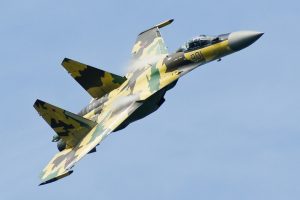
Furthermore, its powerful twin Saturn Izdeliye 117S engines, with 31,900lbs of thrust each, have superior three-dimensional thrust-vectoring control capabilities, making the plane highly maneuverable at low speeds while allowing it to achieve maximum speeds of Mach 2.25.
Compared with the Su-27, the Su-35 has an 20% larger internal fuel capacity, can carry external fuel tanks, and has an aerial-refueling ability.
As a result, the Su-35 also has a combat radius that covers more of the East and South China Seas than China’s existing fighters and the Su-35 can “loiter” much longer above these disputed territories.
The NKVS-27 ground-based communications system and the updated S-108 aircraft-based communications system China is acquiring as part of the deal will improve the PLAAF’s and the People’s Liberation Army Naval Air Force’s (PLANAF) abilities to communicate securely with other aircraft as well as with command and control systems.
Both the Russians and the Chinese know that the PRC would love to copy the Su-35’s engines and other advanced technologies in order to harvest their insights to produce better Chinese warplanes and other weapons systems.
China’s aerospace industry has yet develop a high-performance turbofan engine capable of propelling the most advanced top-line fighter plane. Russia refused to sell the 117S engine separately, which forced China to buy the entire Su-35 fighter system.
Russia also required China to sign a more rigorous intellectual property (IP) agreement and take other measures to protect Russian supplied defense technology.
Russian experts also opined that China would find it impossible to copy the 117S engines even if it tried due to its complexity and the PRC’s lack of success replicating earlier Russian engines. Despite spending many years and a small fortune, China has not had great success developing high-end turbofan engines, even after having access to Russia’s AL-31 engine for more than two decades. Even so, Chinese media reports that the Su-35 jets recently sold to China have had their engines welded shut as a safeguard against Chinese reverse engineering.
If China could copy the engine, it could potentially install a knockoff version on other Chinese fighters – such as the J-11 series, J-15, J-10 series, and future J-20. The Su-35’s 117S engines could also be potentially installed onto ungraded versions of fighter jets aircrafts currently in service with the PLAAF, such as the J-10s and J-11s.
Although China has been making progress on the domestic WS-10 series engines, none of the current Chinese or Russian turbofan engines in service with the PLAAF are adequate to power China’s two fifth-generation fighters under development, the Chengdu J-20 and the Shenyang J-31.
Both the J-20 and the J-31 have performance problems due to their relying on older Soviet-era Saturn Al-31 engines in the J-20 and Klimov RD-93 engines in the J-31.
Even if China cannot copy the engine, buying the Su-35 allows the PLAAF to possess a state-of-the-art warplane before China’s domestic-made options become available as well as allow the PLAAF to gauge its success in developing the indigenous J-11 fighter jet and become familiar with Russian technical solutions.
For Moscow as well as Beijing, the Su-35 is seen as an interim solution pending their deployment of their most advanced fifth-generation warplanes currently under development—and a hedge against further delays in these acquisition programs. The new airframe has claimed service life of 6,000 flight hours (about 30 years), the engines some 4,000 hours. Since Russia’s Sukhoi PAK FA fifth-generation stealth multirole fighter will not enter the fleet in large numbers for several more years, the Russian Air Force has ordered 98 units, designated the Su-35S. Some of them have seen service in Syria.
Though achieving defense self-reliance has been important for Beijing, the increasing tensions with Washington have driven the PRC leadership to seek to acquire some more advanced Russian weapons systems rapidly to cover the transition period pending the incorporation of successful domestically manufactured warplanes like the J-20s and J-10B/Cs.
The Su-35 is superior to the current J-11 in terms of maneuverability, flight distance, and payload, and can be deployed sooner than the J-11D, a variant with more advanced active electronically scanned array (AESA) radar, which remains under development. For a while, the Su-35 will fill the role of a premier air superiority fighter while the J-11B will engage in less demanding missions–as the high-end F-15 and low-end F-16 did earlier for the US Air Force.
For possible contingencies involving Taiwan, the Diaoyu/Senkaku Islands, and South China Sea, the Su-35 is arguably the best non-stealthy long-range multirole fighter jet available to the PLAAF.
The Su-35 will allow Beijing to sustain a military presence at greater distances from the Chinese mainland and over potential foreign hotspots
The Su-35 would increase China’s frequency in patrolling the disputed South China Sea territories, a strategy not unlike China’s constant flyover above the Dioayu/Senkaku Islands to add pressure on Japan.
If deployed in airbases in Hainan and southern Guangdong Provinces, the extended combat radius and loitering time would allow of the Su-35s to cover both the disputed Paracel and Spratly Islands in the South China Sea, providing air superiority over local air forces lacking the F-35 and allowing Beijing to potentially enforce Air Defense Identification Zones.
The plane’s reach and patrol time would expand even further if based on China’s newly built South China Sea islands, though the PLAAF might employ this option in a crisis rather than on a constant basis due to their greater vulnerability away from the PRC’s mainland air defenses.
Although China became the first foreign customer of the plane, Russia has agreed to sell Su-35s to India and Indonesia and is negotiating sales to other countries.
Meanwhile, if China will incorporate any technologies it harvests from the new plane to boost the capabilities of its exports.
In addition to its few F-22 Raptors and F-15Cs, the U.S. Air Force and allied air forces will need many F-35s to address the Su-35s that China and other countries are buying.
The F-35 has significant advantages over the Su-35 in beyond-visual-range combat due to their superior stealth and integrated sensors.
But even superior U.S. pilots need adequate numbers of planes to deal with China’s massive armament program.
Editor’s Note: The Chinese Air Force is a hub-and-spoke operating force; as such the shift to distributed operations facilitated by the F-35 is a crucial operational dynamic, and empowering kill webs is a crucial way to ensure potential combat success against the Chinese, if it comes to that.
For readers who would wish to comment on this article, please go to the following:
The F-35 Global Enterprise: Enhanced Allied Capabilities to Deal with Evolving Threats


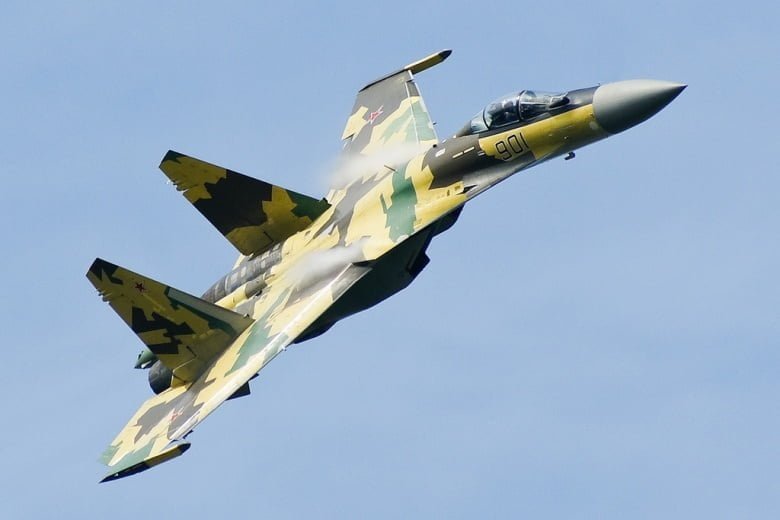
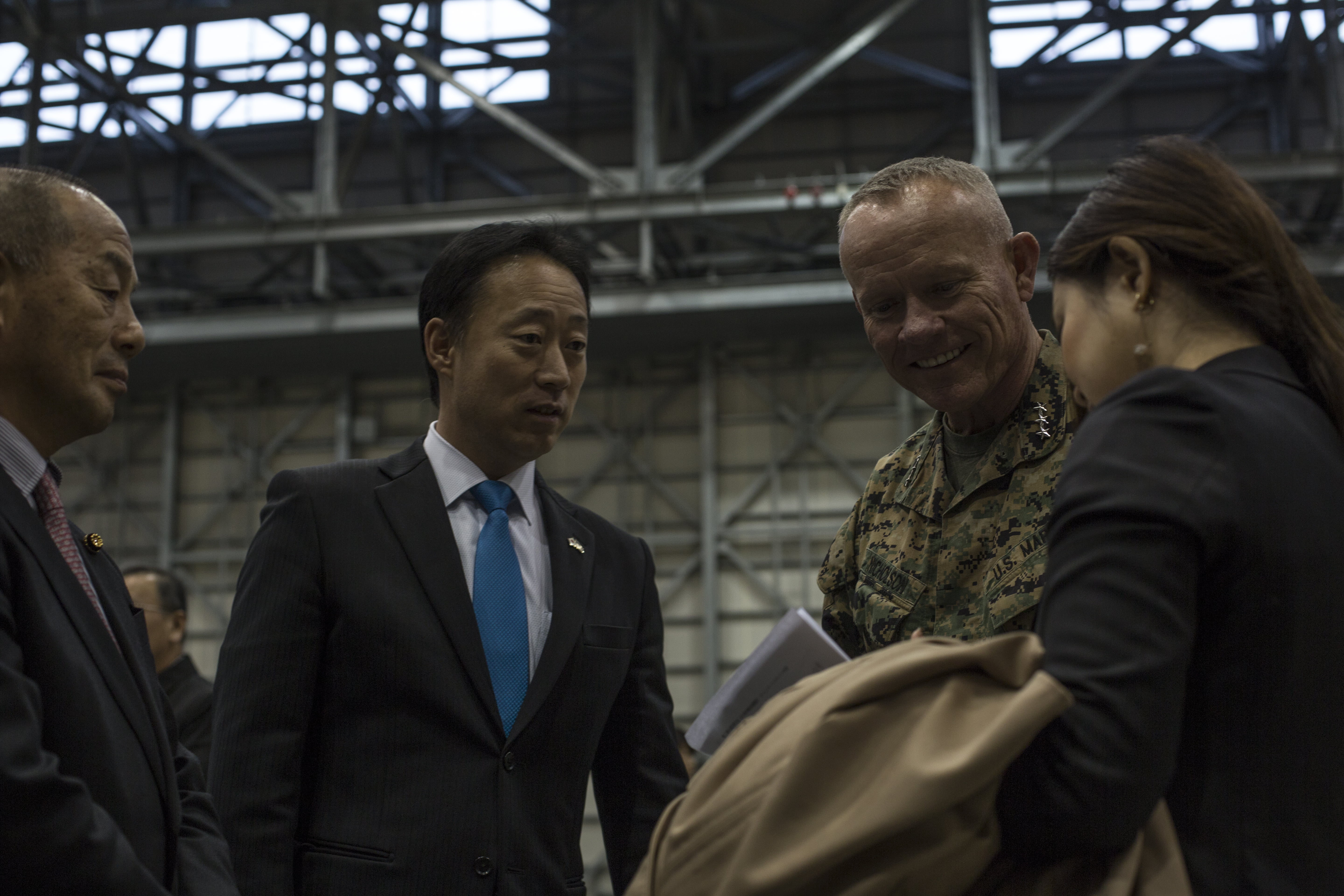
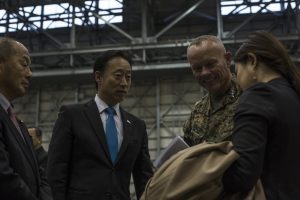 Yoshihiko Fukuda, mayor of Iwakuni City, speaks with U.S. Marine Corps Lt. Gen. Lawrence D. Nicholson, commanding general of III Marine Expeditionary Force (MEF), during the welcoming ceremony of Marine Fighter Attack Squadron (VMFA) 121 to Marine Corps Air Station Iwakuni, Japan, Jan. 20, 2017. (U.S. Marine Corps photo by Cpl. Nathan Wicks)
Yoshihiko Fukuda, mayor of Iwakuni City, speaks with U.S. Marine Corps Lt. Gen. Lawrence D. Nicholson, commanding general of III Marine Expeditionary Force (MEF), during the welcoming ceremony of Marine Fighter Attack Squadron (VMFA) 121 to Marine Corps Air Station Iwakuni, Japan, Jan. 20, 2017. (U.S. Marine Corps photo by Cpl. Nathan Wicks)